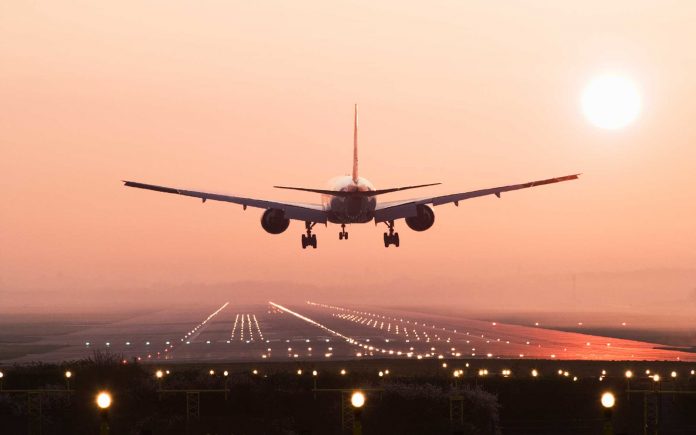The UDAN national communications program has witnessed slow progress in implementation as not even 50 percent of the road is being implemented and, therefore the second wave of the disease, which began in mid-March 2021, may affect further progress. , consistent with the report.
The ICRA official said in his report on Tuesday that there had been a two-year delay in meeting the goal of utilizing the 100 airports that are out of service and starting the limit of 1,000 RCS roads by 2024.
Aiming to improve regional connectivity through financial assistance and infrastructure development, the first flight of the Ude Desh Ka Aam Nagrik (UDAN) program was launched by Prime Minister Narendra Modi from Shimla to Delhi on April 27, 2017.
As of May 31, only 47 percent of the total number of roads and 39 percent of airports (unused and unavailable) operated under UDAN, in line with ICRA.
The number of new RCS roads that started operating increased at a healthy pace with between 102 and 120 roads in FY 2019 and FY 2020, but dropped to 77 new roads in FY 2021 thanks to COVID-19 disease, said the ICRA.
In addition, in the fiscal year 2018 – the fiscal year 2021, a total of 3,350 crores was raised by the central government in the UDAN program and therefore the funding budget for the fiscal year 2022 is Rs 1,130 crore, according to the ICRA.
The Ministry of Civil Aviation has set a strategic goal of operating up to 1.00 airports with aircraft shortages and starting at least 1,000 RCS routes by 2024, the ICRA said, and in addition, an estimated 52 were unaccompanied with aircraft shortages. airport traffic and 357 routes were in operation as of May 31.
The agency also noted that to improve RCS connectivity and achieve its goal, the Airports Authority of India (AAI) introduced UDAN 4.1 as a special tender under UDAN 4.0 in March this year for 392 routes. This is the operating system for UDAN.
From highways) to the number of RCS airports and delays in the required security clearance regulations have been passed,” said Shubham Jain, ICRA’s senior vice president and executive director of corporate ratings.
Low demand on some available routes, low and uncertain prices have led to uneven operations and have also resulted in some airlines shutting down in some cases, the company adds.
According to ICRA, the COVID-19 virus has had a significant impact on the financial health of airlines.
ICRA expects domestic carriers to report a loss of $210 billion in the fiscal year 2021, with a loss of revenue of $127 billion in the fiscal year 2022 and an increase in debt. Increased about $500 billion in 2022 budget
The agency emphasized that while some airlines have sufficient credit and/or support from a stable mother, which can help them stay afloat in the short term, there are aircraft from other airlines that are still in financial condition.
Follow and connect with us on Facebook, LinkedIn & Twitter

